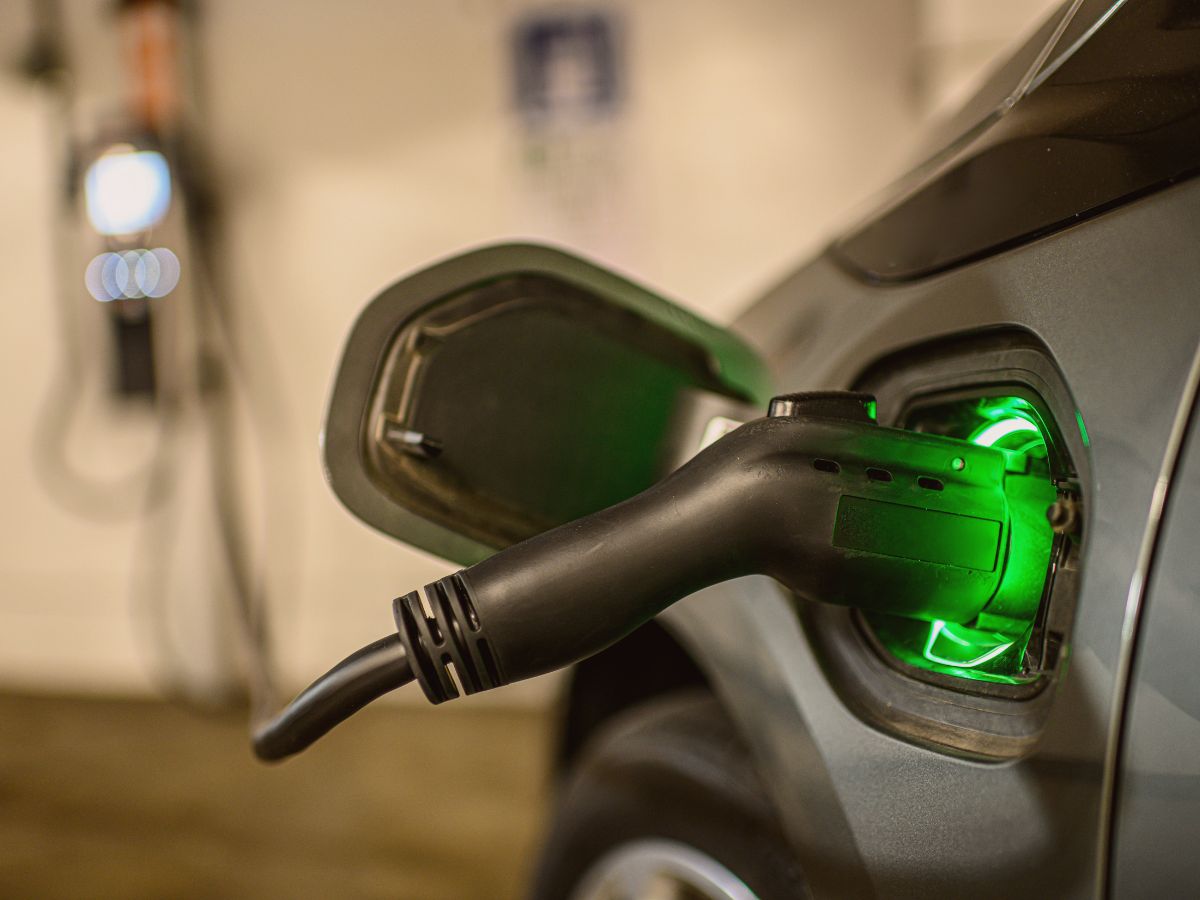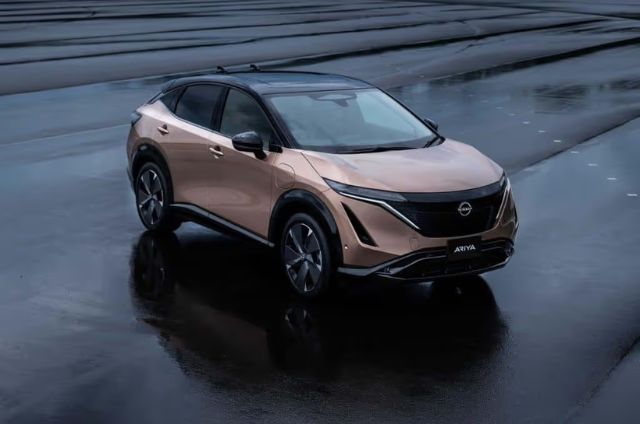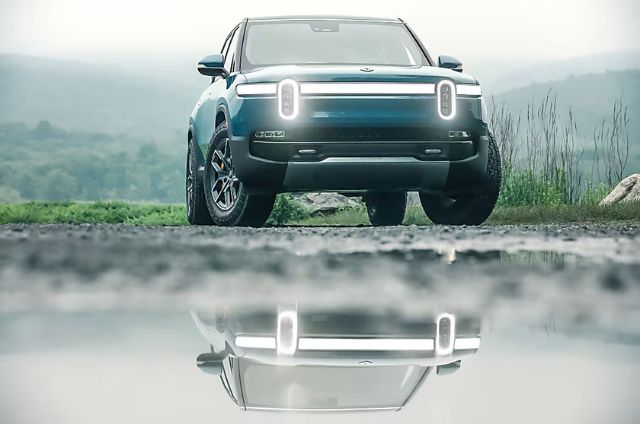In a significant development that reshapes the EV industry, researchers have discovered a game-changing approach to battery manufacturing. Announced recently, the findings were overshadowed by major news events, including political drama and Elon Musk’s latest antics. However, the implications for EV technology are profound. They signal the start of a major shift in how EV batteries are made and charged.
A team of researchers at the SLAC-Stanford Battery Center, in collaboration with the Toyota Research Institute, MIT, and the University of Washington, has challenged a long-held belief in battery production. Traditionally, lithium-ion batteries undergo an initial 10-hour charge at low current. This practice aims to minimize lithium loss and extend battery life, but it is also time-consuming and expensive.
However, the research team, led by Professor Will Chueh, discovered that charging batteries at a high current for just 20 minutes. In fact, despite a higher initial lithium loss, can actually extend battery life by an average of 50%.
Faster EV Charging, Longer Life
For those interested in the technical details, the whole study titled was published in the journal Joule on August 29. The research debunks the idea that slow, low-current charging is the best way to prolong battery life.
The key to the process lies in the formation of a semi-solid layer around the battery’s negative electrode, known as the solid electrolyte interphase (SEI). This layer is critical in protecting the electrode from reactions that degrade lithium over time. Conventional wisdom suggested that slow charging helped optimize this protective layer, but the new research indicates otherwise.
Fast EV Charging: The Science Behind the Numbers
By accelerating the initial charging process, the researchers increased lithium loss from 9% to 30%. However, this loss paradoxically led to a significant improvement in battery lifespan, with some batteries showing up to a 70% increase in longevity. The science behind this involves a shift in electrode utilization, which, contrary to previous beliefs, enhances the battery’s efficiency over time.
To understand this concept, imagine a water bucket filled to the brim. If you try to carry it without spilling, it’s nearly impossible. However, if you deliberately spill some water before moving, you can carry it more easily. Similarly, the deliberate loss of lithium ions during SEI formation allows the battery’s electrodes to function more effectively.
Final Thoughts
This breakthrough arrives at a critical juncture for the EV market. As manufacturers seek to attract a broader customer base, the promise of longer-lasting batteries could be a game-changer. Consumers may be more inclined to invest in EVs knowing that the battery, a significant component of the car’s cost, will last longer.
This advancement could also influence EV ownership models. With car owners keeping vehicles longer—an average of 12.5 years—the need for durable, long-life batteries is more pressing than ever. The new charging method could provide the reliability and longevity that consumers are looking for, potentially accelerating the adoption of electric vehicles on a global scale.



